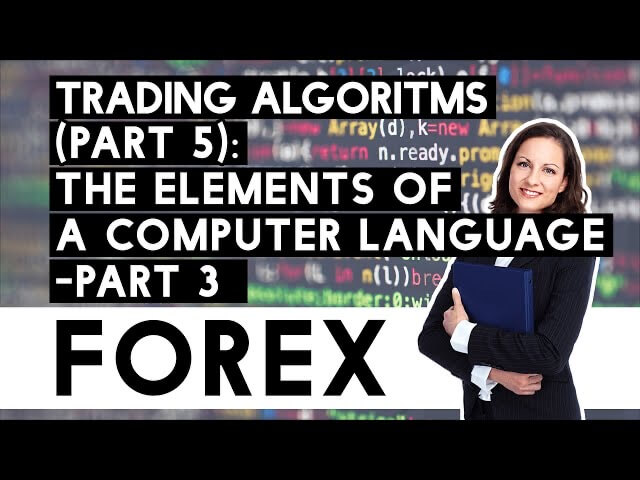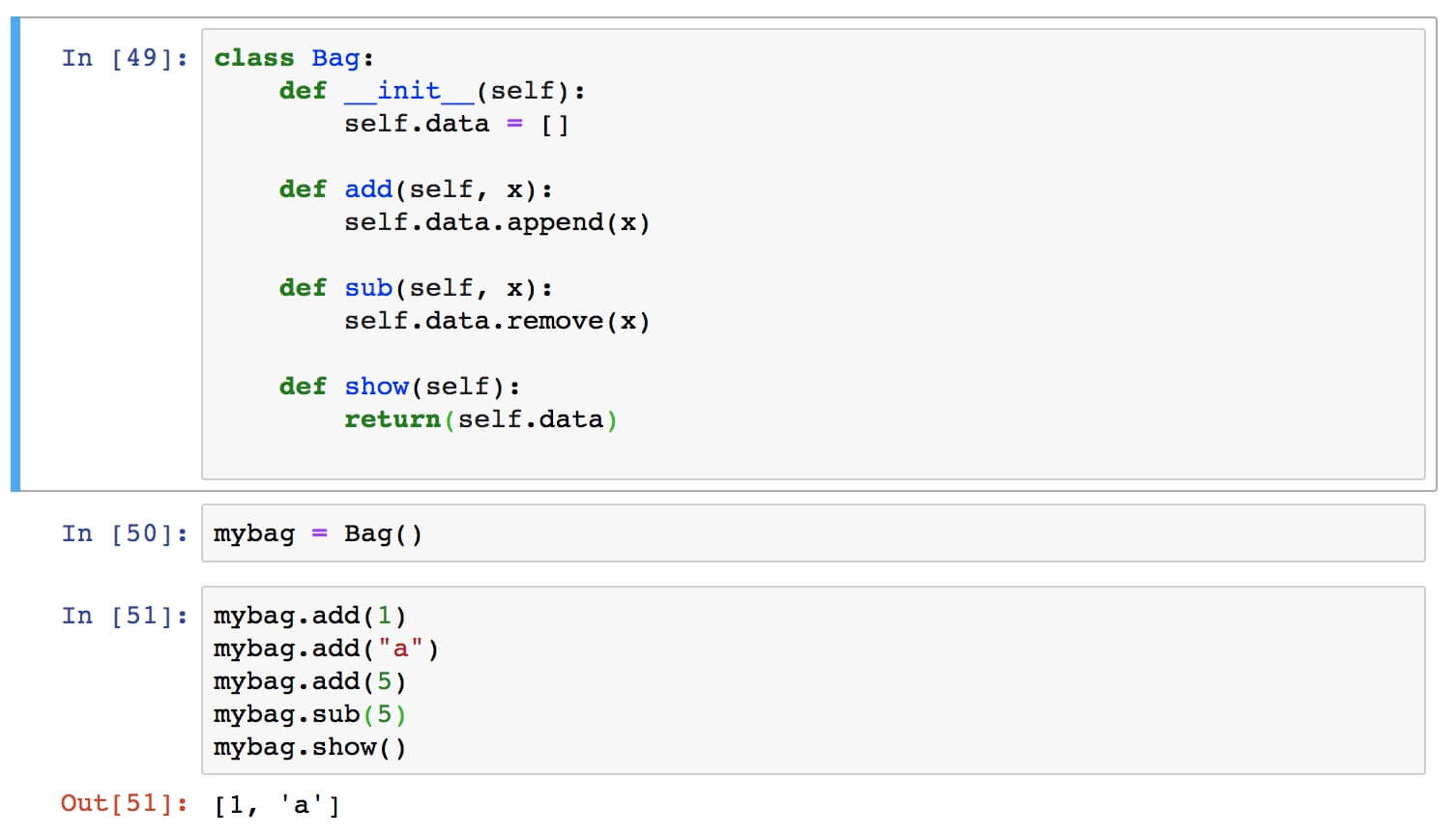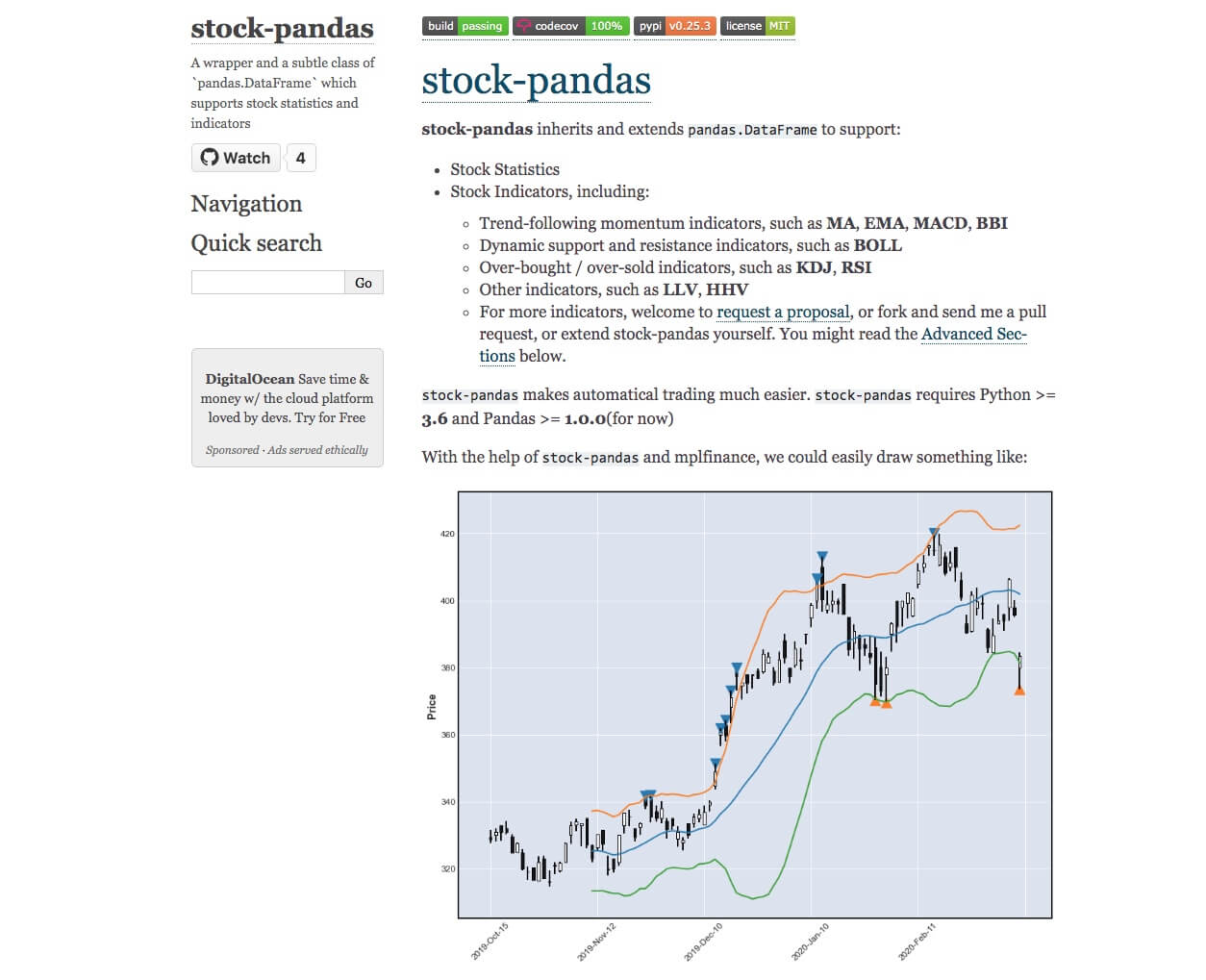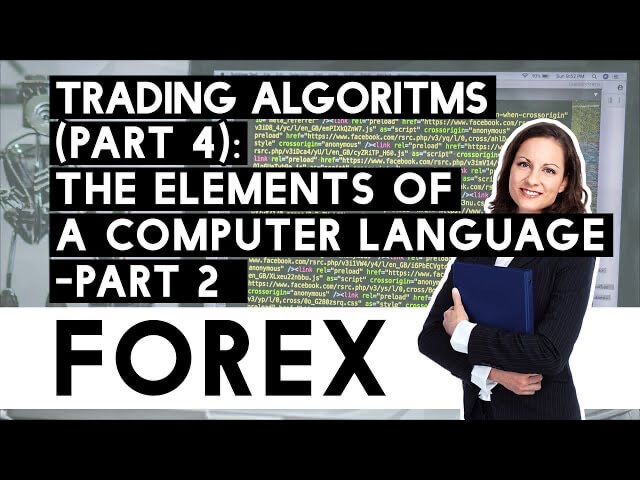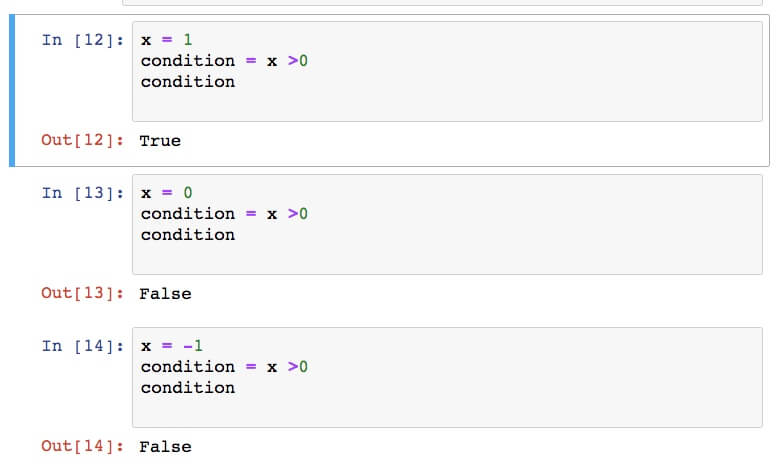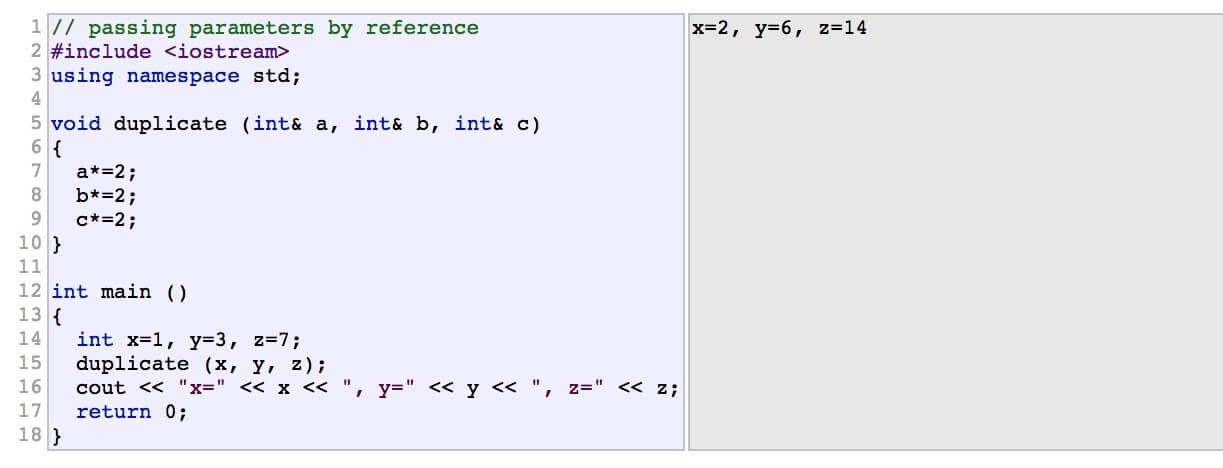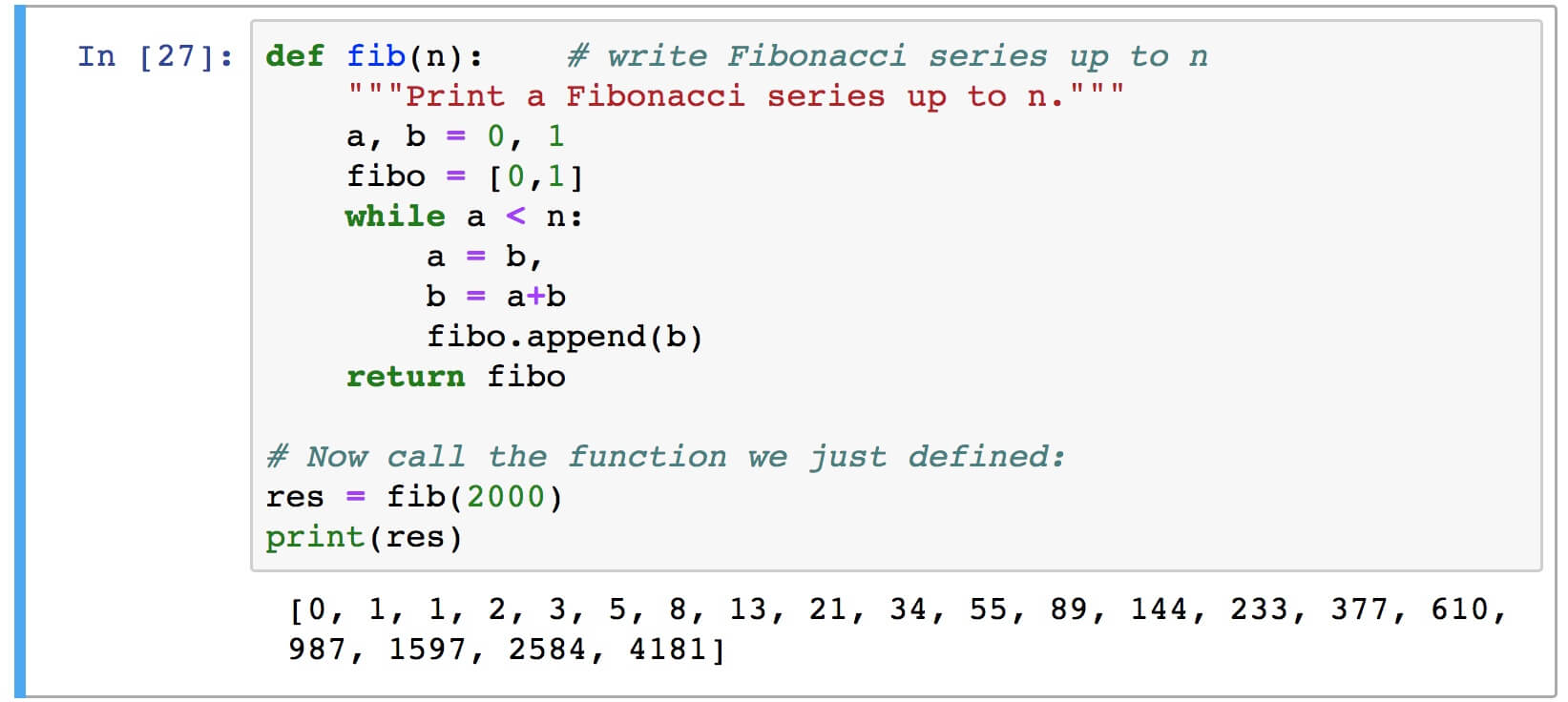Algorithmic trading (also called automated trading, black-box trading, or algo-trading) uses a computer program that follows a defined set of instructions (an algorithm) to place a trade. The trade, in theory, can generate profits at a speed and frequency that is impossible for a human trader.
The defined sets of instructions are based on timing, price, quantity, or any mathematical model. Apart from profit opportunities for the trader, algo-trading renders markets more liquid and trading more systematic by ruling out the impact of human emotions on trading activities.
Algorithmic Trading in Practice
Suppose a trader follows these simple trade criteria:
- Buy 50 shares of a stock when its 50-day moving average goes above the 200-day moving average. (A moving average is an average of past data points that smooths out day-to-day price fluctuations and thereby identifies trends.)
- Sell shares of the stock when its 50-day moving average goes below the 200-day moving average.
Using these two simple instructions, a computer program will automatically monitor the stock price (and the moving average indicators) and place the buy and sell orders when the defined conditions are met. The trader no longer needs to monitor live prices and graphs or put in the orders manually. The algorithmic trading system does this automatically by correctly identifying the trading opportunity.
Benefits of Algorithmic Trading
Algo-trading provides the following benefits:
- Trades are executed at the best possible prices.
- Trade order placement is instant and accurate (there is a high chance of execution at the desired levels).
- Trades are timed correctly and instantly to avoid significant price changes.
- Reduced transaction costs.
- Simultaneous automated checks on multiple market conditions.
- Reduced risk of manual errors when placing trades.
- Algo-trading can be backtested using available historical and real-time data to see if it is a viable trading strategy.
- Reduced the possibility of mistakes by human traders based on emotional and psychological factors.
Algorithmic trading provides a more systematic approach to active trading than methods based on trader intuition or instinct.
Algorithmic Trading Strategies
Any strategy for algorithmic trading requires an identified opportunity that is profitable in terms of improved earnings or cost reduction. The following are common trading strategies used in algo-trading:
Trend-following Strategies
The most common algorithmic trading strategies follow trends in moving averages, channel breakouts, price level movements, and related technical indicators. These are the easiest and simplest strategies to implement through algorithmic trading because these strategies do not involve making any predictions or price forecasts. Trades are initiated based on the occurrence of desirable trends, which are easy and straightforward to implement through algorithms without getting into the complexity of predictive analysis. Using 50- and 200-day moving averages are a popular trend-following strategy.
Arbitrage Opportunities
Buying a dual-listed stock at a lower price in one market and simultaneously selling it at a higher price in another market offers the price differential as risk-free profit or arbitrage. The same operation can be replicated for stocks vs. futures instruments as price differentials do exist from time to time. Implementing an algorithm to identify such price differentials and placing the orders efficiently allows profitable opportunities.
Index Fund Rebalancing
Index funds have defined periods of rebalancing to bring their holdings to par with their respective benchmark indices. This creates profitable opportunities for algorithmic traders, who capitalize on expected trades that offer 20 to 80 basis points profits depending on the number of stocks in the index fund just before index fund rebalancing. Such trades are initiated via algorithmic trading systems for timely execution and the best prices.
Mathematical Model-based Strategies
Proven mathematical models, like the delta-neutral trading strategy, allow trading on a combination of options and the underlying security. (Delta neutral is a portfolio strategy consisting of multiple positions with offsetting positive and negative deltas—a ratio comparing the change in the price of an asset, usually a marketable security, to the corresponding change in the price of its derivative—so that the overall delta of the assets in question totals zero.)
Trading Range (Mean Reversion)
Mean reversion strategy is based on the concept that the high and low prices of an asset are a temporary phenomenon that reverts to their mean value (average value) periodically. Identifying and defining a price range and implementing an algorithm based on it allows trades to be placed automatically when the price of an asset breaks in and out of its defined range.
Implementation Shortfall
The implementation shortfall strategy aims at minimizing the execution cost of an order by trading off the real-time market, thereby saving on the cost of the order and benefiting from the opportunity cost of delayed execution. The strategy will increase the targeted participation rate when the stock price moves favorably and decrease it when the stock price moves adversely.
Beyond the Usual Trading Algorithms
There are a few special classes of algorithms that attempt to identify “happenings” on the other side. These “sniffing algorithms”—used, for example, by a sell-side market maker—have the built-in intelligence to identify the existence of any algorithms on the buying side of a large order. Such detection through algorithms will help the market maker identify large order opportunities and enable them to benefit by filling the orders at a higher price. This is sometimes identified as high-tech front-running.


